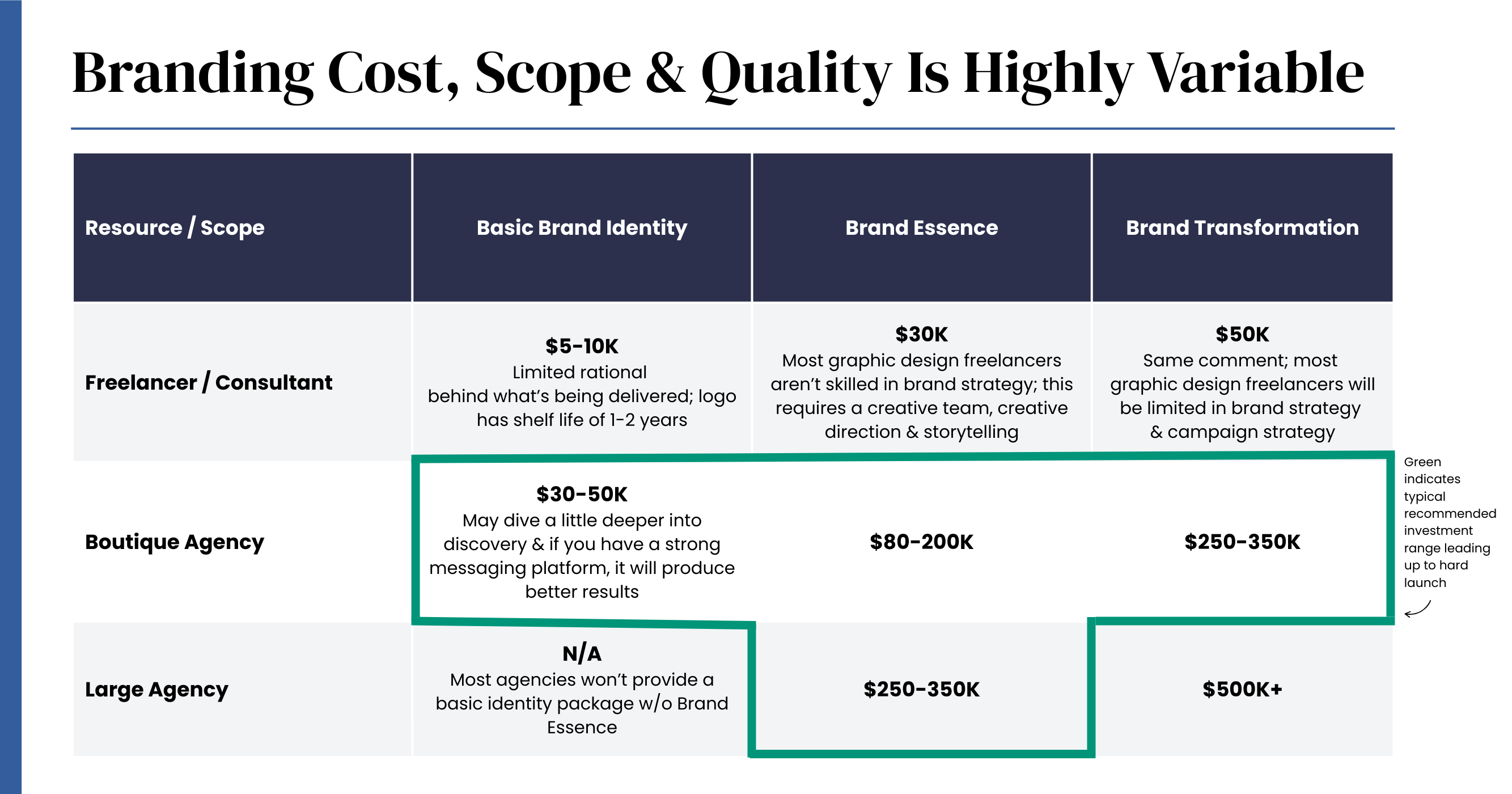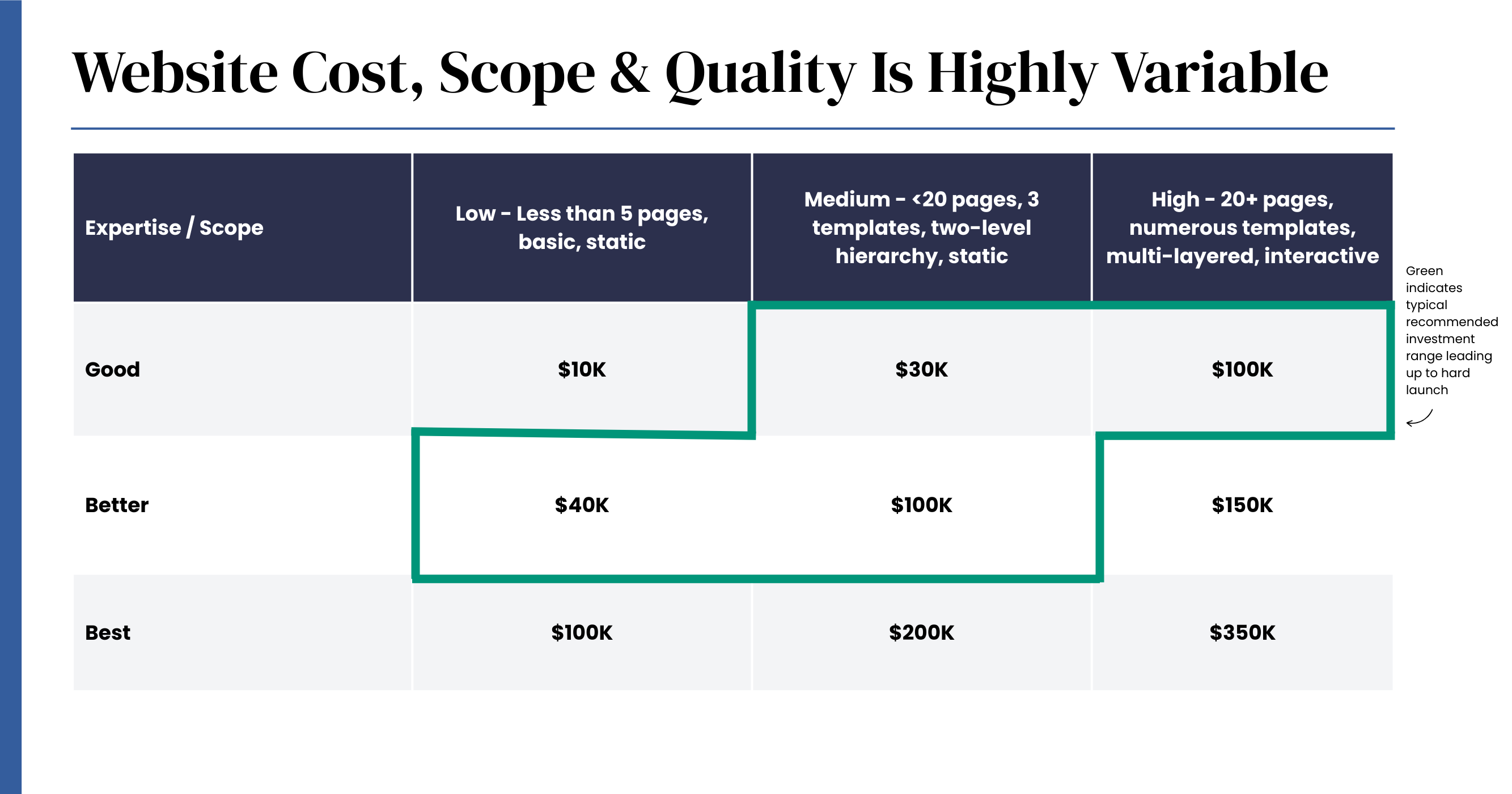Last year, Talkspace unveiled its first rebrand since launching in 2012. For CMO Katelyn Watson, it wasn’t just about modernizing the brand — it was an opportunity to reflect the company’s evolution.
Originally built for direct-to-consumer only, Talkspace had shifted to a B2B and B2B2C model, partnering with insurance providers while continuing to serve individuals seeking therapy.
The end users stayed the same, but the buyers had changed — and the brand needed to speak to both. They set out to craft a clear, credible, and compelling brand story that could do two things at once: position Talkspace as a trusted healthcare partner, and stay deeply connected to the emotional needs of those seeking care.
The brand story took shape around a simple but powerful idea: making space for “it” — whatever “it” meant to each individual on their mental health journey.
It was a powerful expression of the brand’s vision, mission and values — an evolution that was deeply strategic and highly personal. And one that united sales, marketing, and product around a shared purpose.
Not every company needs a complete brand reinvention. But it does raise an important question: when is it time to evolve your brand — and how far should you go?
It’s something we hear often from Norwest portfolio companies, usually followed by: What’s the best approach? What resources do you recommend? How much will it cost?
If you’re asking yourself the same questions, whether you’re considering a light refresh or a full brand transformation, you’ve come to the right place. Keep reading for practical tips and guidance we recently shared in a fireside chat with Norwest portfolio marketing leaders.
Brand Refresh Versus a Full Rebrand
CMOs have been under increasing pressure in recent years to drive performance with fewer resources. Budgets are shrinking — up to 50 percent according to our 2024 B2B Sales & Marketing Benchmark Report — and sales cycles are stretching. Every channel needs to work harder. In that context, a strong, differentiated brand becomes a force multiplier — helping every tactic land more effectively.
“A strong, differentiated brand becomes a force multiplier — helping every tactic land more effectively.”
That often sparks questions like:
- Does our brand represent who we are and what we provide?
- Does it align with our future goals and strategy?
- Can we stand out from the copycat competition?
- Has it become a patchwork quilt of random acts of marketing?
The decision to refresh or rebrand typically comes down to the strength of your brand foundation — and how well it supports where your business is headed.
At a minimum, your brand foundation includes your mission, vision, and values, along with the expression of your brand’s identity: your logo, color palette, typography, and tone. These elements give your team something to build on and align around. From there, the visual identity and supporting brand guidelines can scale with you, depending on your company’s maturity and go-to-market motion.
A refresh is the right move when your foundation is strong, but your brand needs to evolve to reflect a small shift in audience, category, or company maturity.
A full rebrand or reinvention makes more sense for major pivots — entering a new market, serving a completely new audience, shifting upmarket, or new positioning, for example.
Don’t throw the brand equity out with the bathwater.You don’t always need to start from scratch. Many companies successfully modernize by evolving their messaging or visual style while preserving what makes their brands recognizable. When resources are limited, the smartest move is often a focused one: sharpen your positioning, modernize selectively, and build on the equity you’ve already earned. That way, you stand out for the right reasons — not just the louder ones. |
Right-Sizing Brand Investment According to Company Stage
Before you scope a brand refresh or rebrand, start with a brand audit. This step helps cut through assumptions and focus your resources where they’ll matter most. An effective audit among internal stakeholders reveals whether your current brand still reflects your company’s identity, resonates with your audience, and supports your future goals.
And don’t forget to talk to your customers, as they are also critical stakeholders in the brand audit process! Direct conversations with a few trusted clients can uncover how your brand is perceived, what’s memorable, and what’s landing — or not — in the real world.
Then, once you’ve clarified your objectives, you can begin planning the right path forward — aligning your internal team and external partners around what needs to change and why.
What to Consider When Scoping the Work
No two companies will scope a brand project the same way. Budgets vary widely, based on stage, depth of work, and the type of resources used. Here’s a general guide to what different levels of investment may include when using a boutique agency:
- Basic Brand Identity ($30K–$50K)
Create a minimum viable brand, including mission, vision, values, and a simple visual identity (logo, color palette, font choices). Often paired with a lightweight website to support an early go-to-market motion.
- Brand Essence ($80K–$200K)
Build out more sophisticated brand elements like positioning and messaging frameworks, brand guidelines, custom photography or iconography, and a more comprehensive website to match a maturing marketing strategy.
- Brand Transformation ($250K–$350K+)
Develop a fully integrated brand system — extensive stakeholder input, refined narrative and messaging architecture, a robust style guide, and a modular website with CMS support, SEO, and copywriting.

Once the decision is made to update the brand, the next question quickly follows: How do we bring this to life? In almost every case, that answer starts with the website. In a digital-first world, your website is the most significant incarnation of your brand. We often advise teams to think of the brand and website as a one-two punch.
Again, the costs vary considerably depending on factors such as:
- Number of new or redesigned web pages
- Number of required templates for different site functions
- Inclusion of interactive elements and animations
- Whether re-platforming is required

Beyond the website, you’ll also want to carve out a budget for new ad creative, collateral, event/trade show assets, and more.
Remember: You don’t need an unlimited budget to build a better brand — but you do need clarity. Start by aligning internally on what you need and what success looks like.
Answering questions like these help the agency hit the mark (and avoid scope creep down the road):
- Who is your target audience, and what positioning do you want to change?
- Are you evolving the brand story and messaging?
- Which brand elements are in scope: logo, colors, icons, fonts, photography?
- What is your ideal timeline?
- Who’s writing the web copy — your internal domain experts or agency writers?
Then, capture it all in a detailed project brief. Download our brand evolution briefing template to get started.
“You don’t need an unlimited budget to build a better brand — but you do need clarity.”
A real-world example: ElevateTake Elevate, a Norwest portfolio company, modernizing the employee benefits space. Their platform was strong, but the brand felt dated — more legacy software than forward-thinking disruptor. So the team set out to, well, elevate it.
Success came from preparation. The team at Elevate asked the right questions of themselves — and aligned internally on the answers — before briefing their agency. |
Bring key stakeholders — especially your executive team — into the process early. When they understand the goals and project scope upfront, you’ll save time (and tension) later on when feedback rolls in.
Selecting a Best-Fit Partner to Up-Level Your Brand
Once your brief is in hand, the search begins. In a sea of agencies, finding the right fit comes down to clarity, chemistry, and curiosity.
Your brief is your most powerful tool in this process. Treat it like a mini RFP — it sets expectations, sharpens your search criteria, and helps agencies understand your goals from the outset. A compelling brief also acts as a selling tool. The best agencies are selective about the clients and projects they take on, so make your project one they want to be part of.
“In a sea of agencies, finding the right fit comes down to clarity, chemistry, and curiosity.”
And don’t forget the power of your network. At Norwest, we’ve seen what works and are happy to share recommendations from successful rebranding projects.
What to Look For
Domain expertise isn’t everything. In fact, bringing in an agency from outside your industry can be a strength because they are more apt to bring in fresh ideas that can surprise and delight your audience. The most effective partners are often those who:
- Know how to solve complex problems
- Bring novel, creative thinking to the table
- Have transferable experience from adjacent industries
- Are hungry to prove themselves in a new space
When evaluating potential partners, don’t fixate on familiarity — look for originality, curiosity, and the ability to translate insights into ideas that resonate.
How to Evaluate Proposals
The proposal process can be tricky to navigate — especially when bids vary in scope, depth, and cost structure. Here are a few tips to help you evaluate partners on a level playing field:
- Watch out for low bids that leave room for costly change orders later.
- Clarify what’s included — terms like “rounds of revisions” or “deliverables” may be defined differently by each agency.
- Use a scorecard to assess proposals across key dimensions: strategic thinking, creative approach, process, collaboration style, and alignment with your goals.
- Compare apples to apples by ensuring scopes of work are similar before making pricing decisions.
- Look beyond price. Consider the agency’s process, energy, and ability to elevate your brand—not just execute on a task list.
Pro tipIf budget is limited, a full-service agency may not be the right move. Many early- and growth-stage companies succeed by assembling a small team of specialists: a strategist, a designer, a copywriter, and a strong project lead. This can be a cost-effective path, but keep in mind: someone internally will need to manage timelines, facilitate feedback, and own the outcome. Be realistic about your team’s bandwidth and the trade-offs involved. |
And That’s a Wrap
Whether you’re emerging from stealth, scaling fast, or repositioning in a changing market, your brand is more than a look — it tells the world who your company is and what it stands for. It’s what draws in customers, talent, and investors. So make sure it’s telling the right story.
About the Author
Jill Melchionda brings a strategic vision to brand activation, collaborating with internal teams and connecting with the right resources to elevate the brand and establish the foundation for sustained growth and market dominance.




